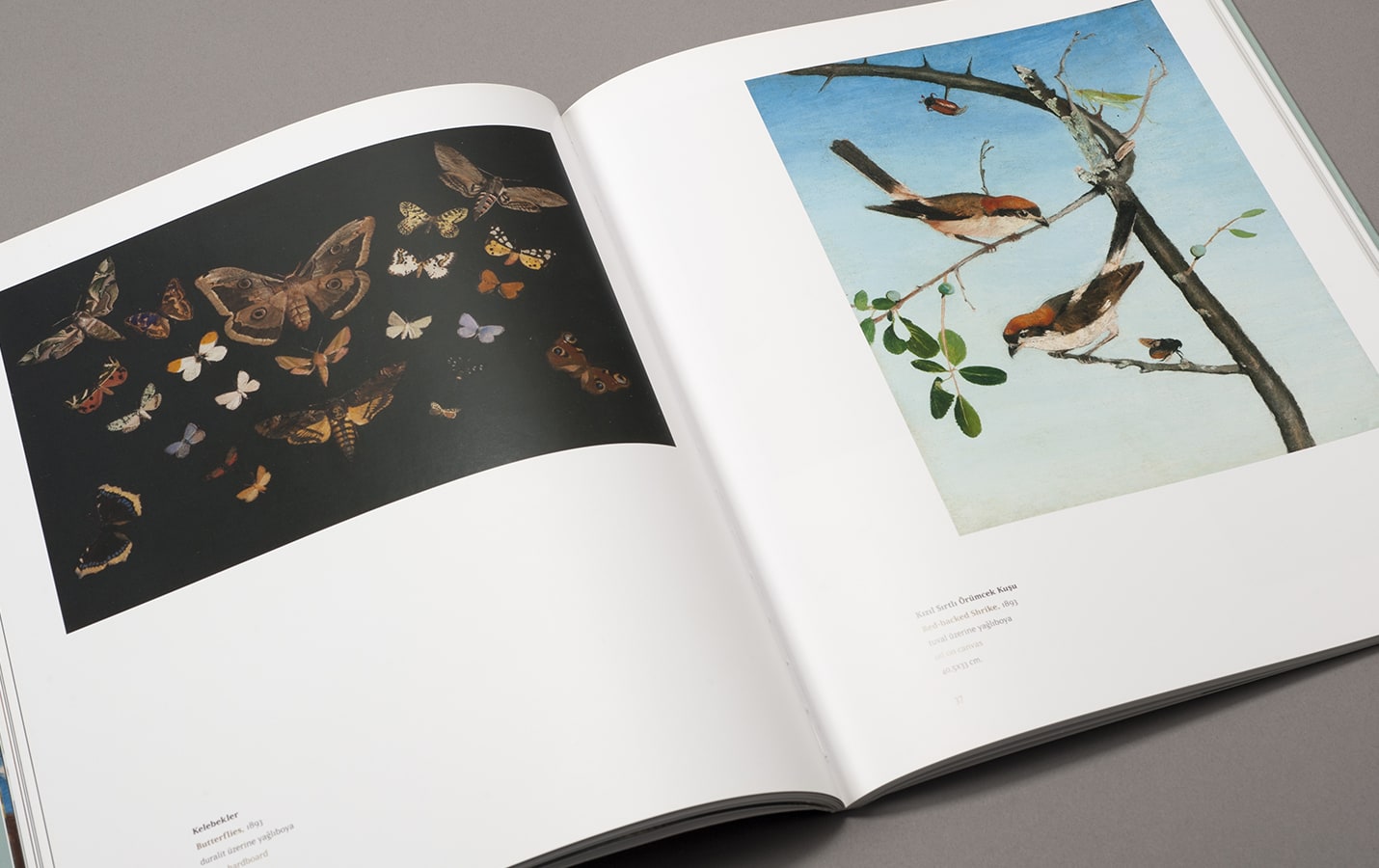October 21 - December 12, 2010
Csontváry was an artist poised at the turn of the twentieth century. The richness and complexity in his works cannot be characterized utilizing the conventions of stylistic categories. Realistic observation, emphasis on changing light, the decorative, orgiastic use of color characteristic of Post-Impressionism, the large-scale handling of form and the strong diffraction of the colors often appear simultaneously on the same canvas.
The exhibition invited us to discover the works of this extraordinary Hungarian artist, who wrote poetry with paintings that reflect his vision beyond the currents of the period, his unique colors, his symbolic narrative, and the ""divine voice"" he claims to have heard.
"As a schoolboy I hated memorizing by heart; I looked at the Bible as a tale, and I rather longed to be outside in nature to listen to the warbling of the nightingale, to gaze at a flower here and there, where the polliniferous petals were busy with whole swarms of butterflies, bees, bumblebees and insects."
Exhibition Catalogue

Csontváry was an artist of the turn of the century. The richness and complexity in his works cannot be characterised based on stylistic categories. Realistic observation, emphasis on the changing...
Tuesday - Saturday 10:00 - 19:00
Friday 10:00 - 22:00
Sunday 12:00 - 18:00
The museum is closed on Mondays.
On Wednesdays, the students can
visit the museum free of admission.
Full ticket: 300 TL
Discounted: 150 TL
Groups: 200 TL (minimum 10 people)